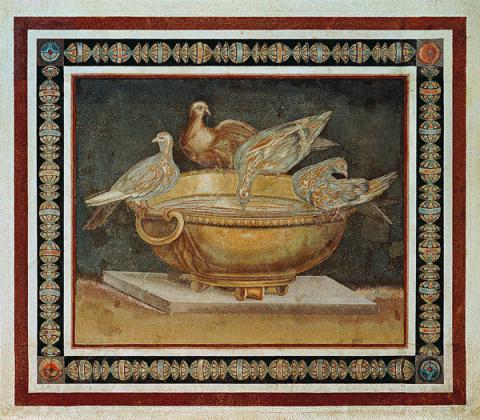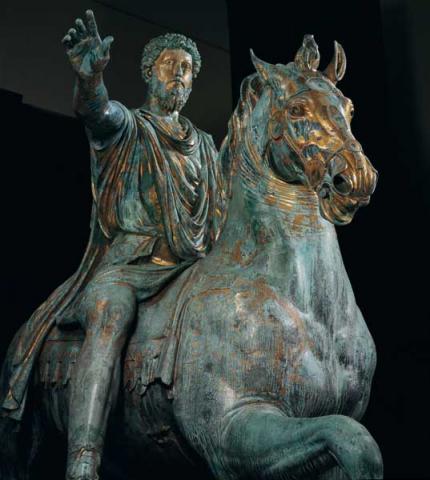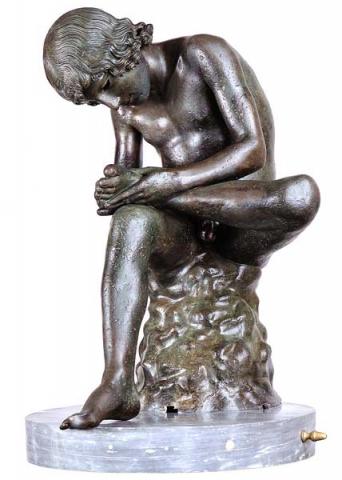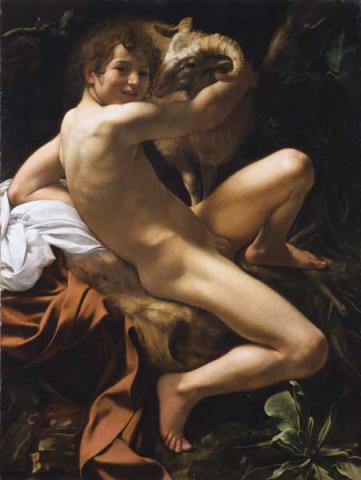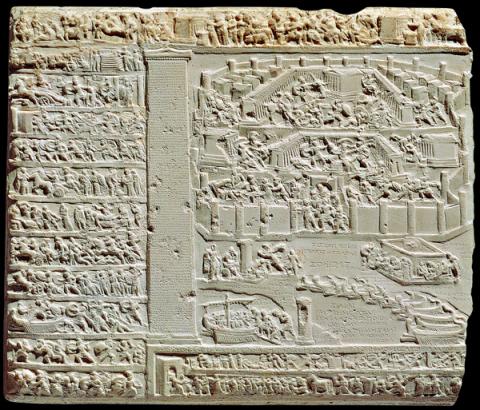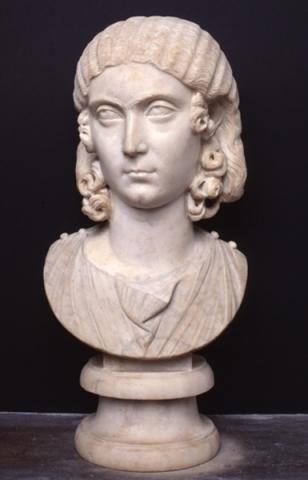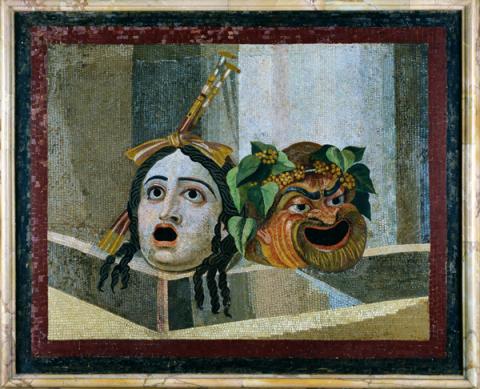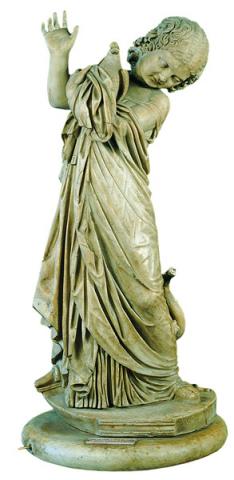Hall of the Doves
This room owes its name to one of the two mosaics herein exhibited, found in Hadrian's Villa at Tivoli.
The glass-fronted cabinets contain other particularly interesting exhibits; in addition to bas-relief fragments of a Tabula Iliaca with a miniaturist representation of scenes from the Iliad, we can see a series of bronze tables with engraved laws and honorary inscriptions.
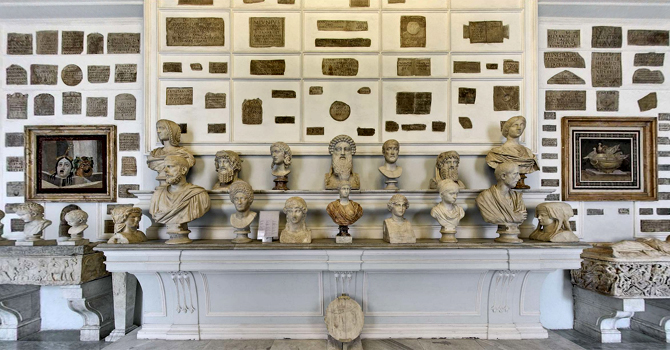
The hall takes its name from the magnificent mosaic, made in minute polychrome tiles, depicting four doves on the edge of a bronze vase, which one of them drinks from. The precious panel, found in 1737 in Hadrian's Villa in Tivoli, was placed at the center of a floor mosaic in the sumptuous residence of the emperor.
On the same wall, at the back of the room, there is another miniature mosaic panel depicting a scene from a theatrical setting: in a space rendered in perspective, two theatrical masks belonging to the genre of the “New Comedy” are represented: a young woman and a slave.
In the center of the room, the delicate statue of a girl with a dove, a copy of a Greek original from the 2nd century BC, is intent on defending the dove from the assault of a dog, which must have been depicted at her feet (the snake is the result of a modern restoration).
On the shelves along the walls there are about 80 portraits of public and private figures.
During the eighteenth century the room was enriched with findings arranged in horizontal showcases: the fragments of Tabulae Iliacae, which reproduce episodes of the Trojan war, interpreted by very small inscriptions in Greek are particularly interesting.
Also noteworthy are the bronze tables with inscriptions, including the “senatoconsulto” (78 BC) referring to Asclepias of Clazomenes and his allies, the oldest epigraphic text of a senatorial decree.
In the same showcase the Decree of Pompeo Strabone (09-89 BC), with a bilingual Latin and Greek text, which Roman citizenship was granted with to the Hispanic knights who had fought with the Romans in Ascoli.


























